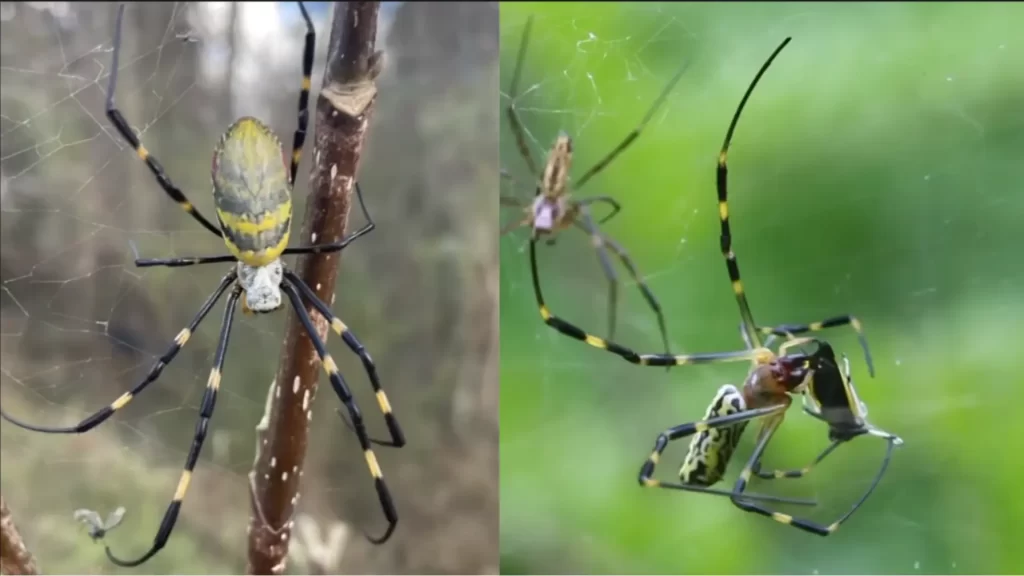The East Coast is buzzing with the news about the new eight-legged inhabitant, the Joro Spider. They are vibrantly orb-weavers colored and hail from East Asia, with their first sighting recorded in Georgia during 2014. Due to their ability to balloon (sometimes referred to as “flying”) away, populations have been set up remarkably quickly, according to experts.
Can they really fly?
As Joro spiders travel through the air, they can appear as though they are flying, but unlike certain types of birds or insects, they cannot fly indefinitely. Nonetheless, they use ballooning which is a fascinating mode of travel.
Joro ‘Flying’ Spiders: Ballooning Explained
Joro spiderlings release long, thin threads of silk into the sky. The wind carries these threads far off with the little creatures on them. When they reach new grounds, the spiders leave their birthplace, thus starting new populations in other regions.
Current Infestation Zones
Based on confirmed sightings, Joro spiders have taken root in the following states:
- Southeast: Georgia (initial introduction point), South Carolina, North Carolina, Tennessee, Alabama, Mississippi, Florida
- Mid-Atlantic: Maryland, Virginia, West Virginia, Kentucky
Potential Future Expansion
Given the ballooning technique and the current range, here are some areas likely to see Joro spiders next:
- Northeast: New York, New Jersey, Pennsylvania, Connecticut, Rhode Island, Massachusetts
- Great Lakes: Ohio (already reported), Michigan, Indiana, Illinois
Predicting where exactly the Joro spider is likely to spread may be difficult, but it appears that it might possibly invade a major part of the East US.
Friend or Foe?
Joro spiders are not truly dangerous to people or pets, although their large size makes them seem frightening. It’s true that their poison is not dangerous to us at all, but is targeted on insects that get caught in such wonderful, golden webs. Instead, they can be helpful in controlling mosquito populations and other pests as well.
The east coast arrival of Joro spider is an amazing example of invasive species. Their impact on the ecosystem is still unclear, but there is no need for alarm.
